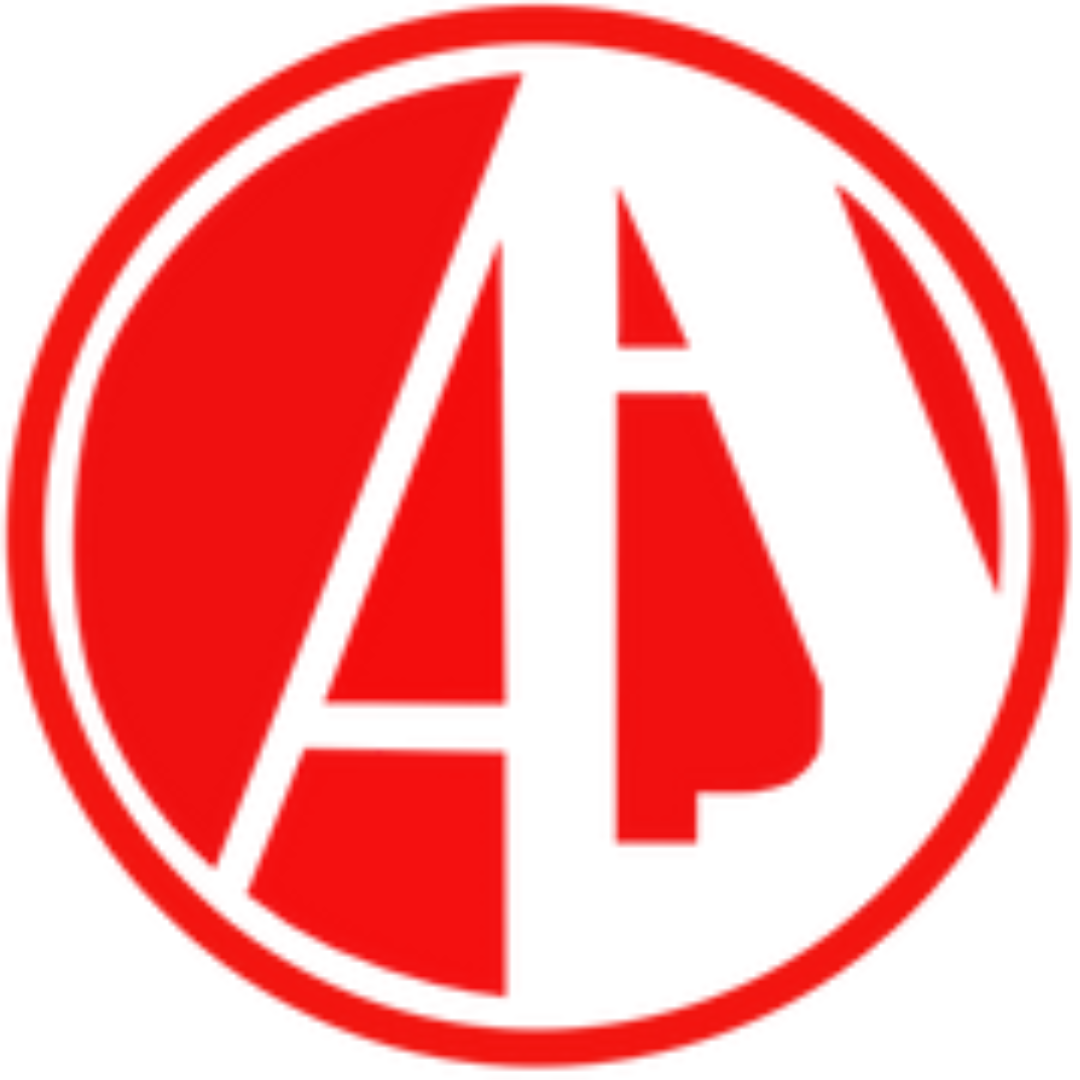Courses
Level 1
Course details
Computer Applications
COMP1723
Conestoga 101
CON0101
Engineering Drawing Interpretation
DRWG1497
Trade Calculations I
MATH1455
Welding Process Theory I
WELD1360
Shielded Metal Arc Welding I
WELD1645
Semi-Automatic Welding I
WELD1655
Thermal Cutting and Brazing
WELD1660
Electives: General Education
Student must pass 1 Course(s), selected in the Student Portal from available course options
Level 2
Course details
College Reading & Writing Skills
COMM1085
CAD for Fabrication Technology
DRWG1855
Trade Calculations II
MATH1485
Welding Processes Theory II
WELD1670
Shielded Metal Arc Welding II
WELD1680
Semi-Automatic Welding II
WELD1695
Welding Quality and Inspection
WELD1700
Gas Tungsten Arc Welding
WELD1715
Introduction to Metal Fabrication
WELD1950
Level 3
Course details
CAD/CAM for Fabrication Technology I
DRWG2230
Pattern and Template Development
DRWG2240
Trade Calculations III
MATH2310
Metal Fabrication Theory I
WELD2440
Welding Qualification I
WELD2450
Metal Fabrication Techniques I
WELD2460
Electives: General Education
Student must pass 1 Course(s), selected in the Student Portal from available course options
Level 4
Course details
CAD/CAM for Fabrication Technology II
DRWG2250
Metal Fabrication Theory II
WELD2470
Welding Qualification II
WELD2480
Metal Fabrication Techniques II
WELD2490
Metal Fabrication Rigging and Installation
WELD2500
Metal Fabrication Materials and Quality
WELD2515
Welding Process Applications
WELD2530
Electives: General Education
Student must pass 1 Course(s), selected in the Student Portal from available course options
Program outcomes
Demonstrate the set-up and safe operation of welding and fabricating processes and equipment including a working knowledge of Health and Safety legislation, lock-out procedures, hazard control, personal protective equipment, and WHMIS related information.
Demonstrate the set-up, application, and troubleshooting of modern industrial welding and related processes including Shielded metal Arc (SMAW), Gas Metal Arc (GMAW), Flux Cored Arc (FCAW), and Gas Tungsten Arc (GTAW), Oxy-Fuel Cutting (OFC) and Plasma Arc Cutting (PAC).
Describe the theory of operation, applications, materials selection and trouble-shooting of the standard welding and fabrication process and equipment.
Select, plan, and demonstrate metal fabrication operations including measuring, layout, cutting, forming and fitting for weldment manufacturing using industrial metal fabrication machinery including CNC profile cutting machines, plate rolls, shears, iron-worker, and press brakes.
Prepare welding documentation and develop a familiarity with the common welding codes and standards in the welding industry (i.e. ASME and CSA).
Explain the application of standard inspection and testing methods used to assess the quality of welds and welded fabrications and create detailed inspection documentation and reports on findings including corrective actions.
Identify common metals, alloys, and classification systems and select the appropriate welding and fabricating techniques and consumables for adapting to the characteristics of the different types.
Perform mathematical calculations related to the applications of welding and fabrication technology, layout and measurement, rigging and material handling, and quality assurance.
Interpret engineering drawings, welding symbols, bills of material and create piece-part and assembly drawings using CAD software.
Interpret engineering drawings and develop layouts and templates for flat patterns, cones, transition joints, and pipe intersections and other fabrication requirements, and generate cutting programs for CNC fabrication machinery.
Select, plan, and demonstrate the required techniques for safely preparing a welding fabrication for shipping and site installation.
Develop computer application skills to solve technical problems in the following areas: operating system and file management, technical document creation, spreadsheets, online searching and communication.
Communicate information effectively to individuals and groups by applying communication principles and by preparing both formal and informal reports.
Acquire an increased appreciation and understanding of the concepts and values required to enhance the quality of life for self and others in the home, workplace and the local and global community through an exploration of selected broad goals of education in the areas of aesthetic, civic life, culture, personal development, society, work and the economy, science and technology.
Show less











